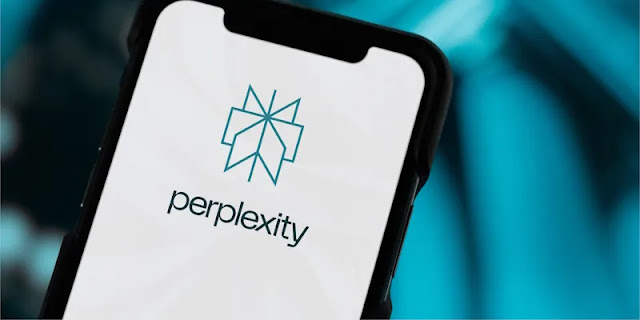On June 19, Perplexity AI launched a brand-new feature through its “Ask Perplexity” account on X (formerly Twitter). With this tool, users can simply tweet a short prompt to the bot, and within minutes, receive an 8-second video that includes both speech and sound. This means a basic idea, like “a panda dancing in the rain,” can be turned into a talking, animated scene in seconds.
Many users rushed to try the tool, flooding the account with creative and funny ideas. Some asked for celebrity clips, others for cartoon-style jokes or animals talking. As the interest surged, some people noted delays in getting responses, showing just how quickly the feature became popular. Perplexity has also built in content safety tools to avoid the creation of harmful or misleading videos. Although still early in its rollout, the tool shows great promise, especially for people looking to share quick and engaging videos without editing skills or special software.
Just a day or two earlier, around June 18–20, Midjourney, known worldwide for its AI image generator, introduced its first-ever video tool, named V1. Unlike Perplexity, Midjourney's new system focuses on turning still images into short animations. With V1, a person can upload a photo—or use one created in Midjourney—and the tool will transform it into a moving video that can last up to 21 seconds.
The process starts by generating a set of four five-second clips from a single image. Then, users can extend their videos with smooth transitions for a longer story-like motion. You can choose how much the image moves using settings like “auto” motion or manual control, and even adjust how intense the motion looks. The results include slow zooms, camera-style pans, and small animations that bring the image to life.
The tool is available to paying users through Midjourney’s website or via Discord, with pricing starting at $10 per month. However, creating videos uses more computer power—about eight times more than a still image—so it’s more resource-heavy. According to David Holz, Midjourney’s founder, this is just the beginning. He believes future updates could bring real-time video generation and even 3D experiences, showing the team's ambition to expand into the next generation of digital creativity.
But Midjourney’s release didn’t come without controversy. Big film studios like Disney and Universal have filed a lawsuit, claiming the system might let users create clips of copyrighted characters, such as Yoda or Wall-E, without permission. While Midjourney has some filters to prevent this, tests have shown that certain famous characters can still be created and animated. This has raised serious concerns about copyright protection in the age of generative video AI.
As of now, Perplexity’s tweet-to-video tool is free to use on X, while Midjourney’s image animation requires a subscription. Try them out

